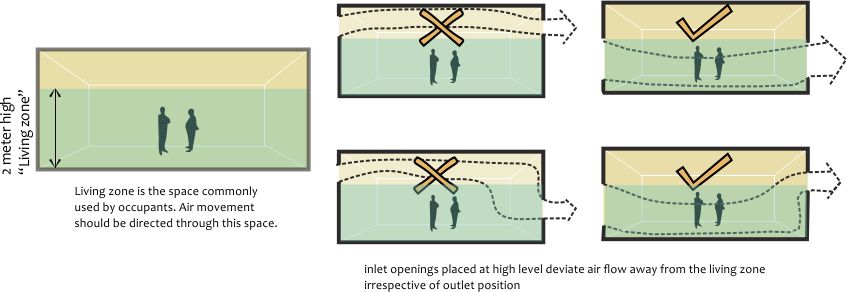Comfort systems contribute to nearly 40 percent of the energy used by commercial buildings in India. Many types of comfort systems are available in market ranging from low energy comfort systems to conventional systems. Design of a building, climatic zone, and operational parameters governs the energy requirement for the comfort system. Reducing heating/ cooling loads through passive design strategies and enhancing the efficiency of HVAC systems are steps that are imperative for any building energy efficiency policy. Apart from selecting energy efficient equipment, It is important to select the correct system type, size, and design for optimized energy efficiency.
Choice of system type is the first key decision in designing an EE HVAC system. The pros and cons of each system type specific to the building layout and climate zone should be discussed in detail with the design professional. The system type are broadly categorized into two types:
- Centralized system: Central chilled water system (Air cooled and water cooled)
- Distributed system (DX system): VRF, Duct able system, split air conditioners, unitary systems
Type of system we select impact the final architectural layout, ceiling and floor to floor height, passive design strategies, ventilation, use of economizers and heat recovery, control and BMS, capital and operational cost, and maintenance requirement. A detailed understanding of the system impact on the selected building could help in optimizing the design, cost, and energy efficiency.




















